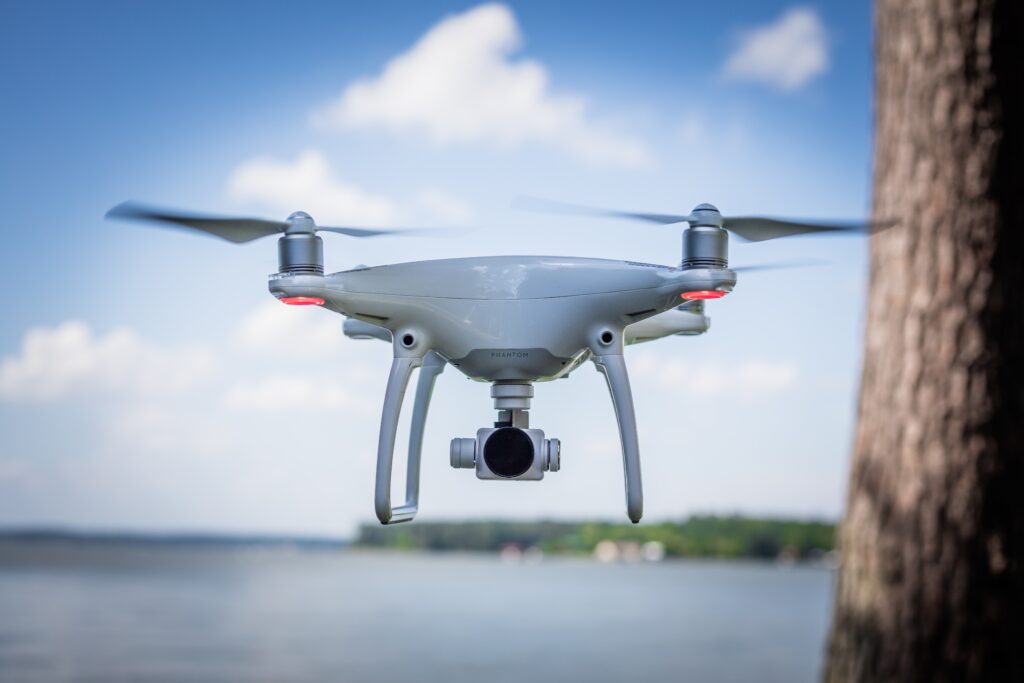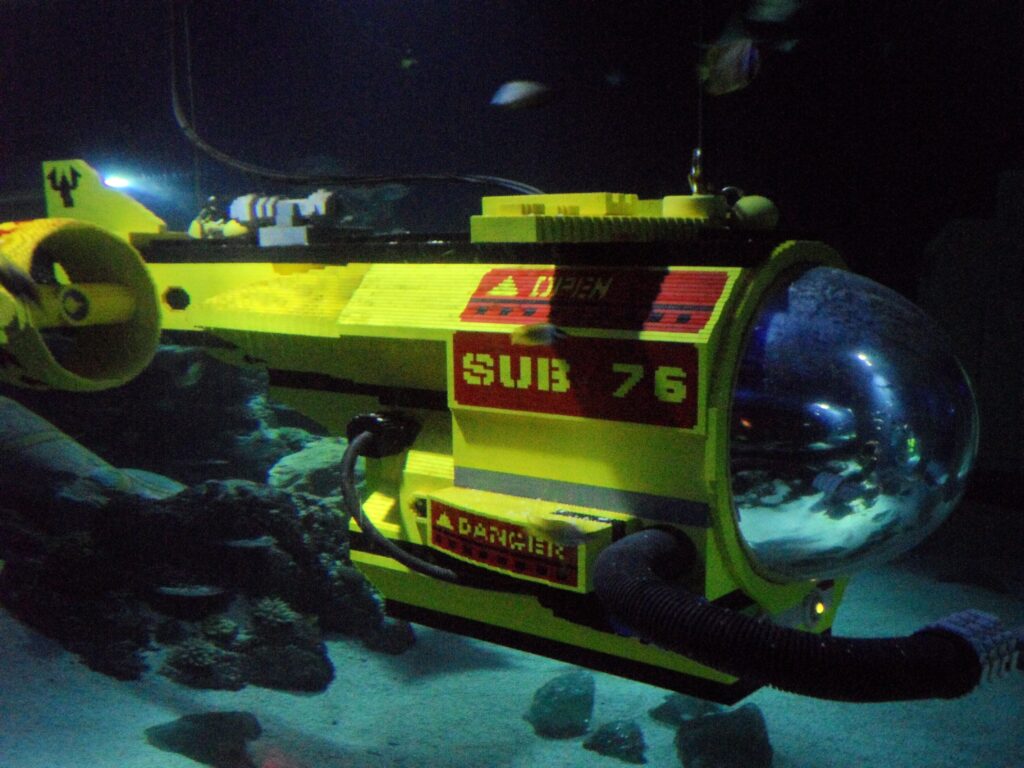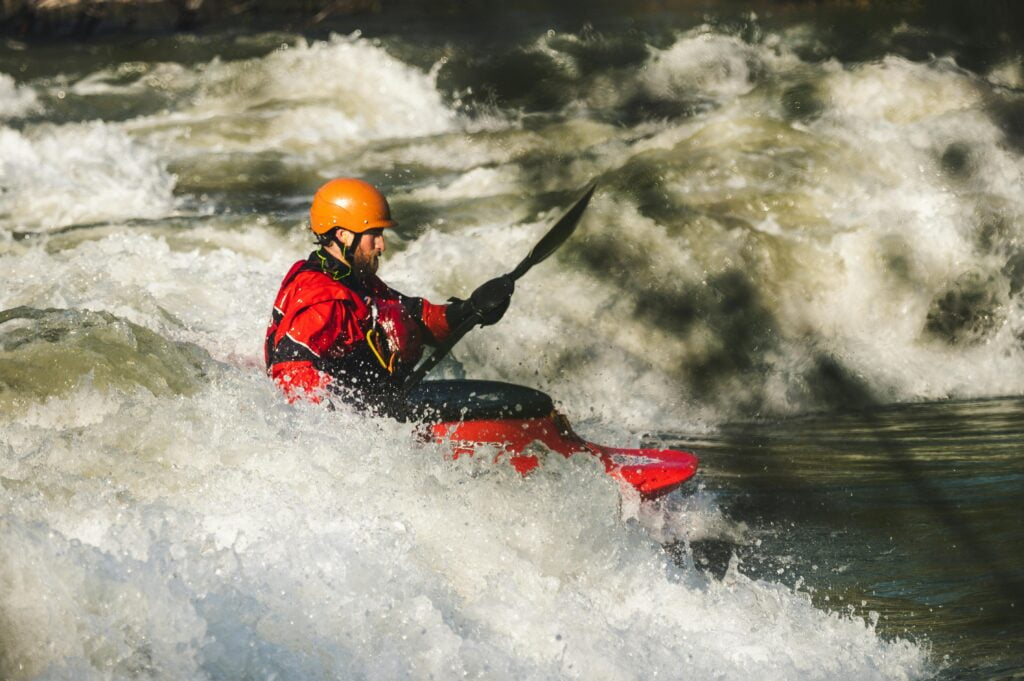Unmanned Aerial Vehicle Undrer Water in USA:

Unmanned Aerial Vehicle Undrer Water in USA: Embark on an exciting adventure into the cutting edge of underwater unmanned aerial vehicles (UAVs) in the United States! Although unmanned aerial vehicles (UAVs) are typically associated with the sky, recent technology developments have allowed them to expand their operations to the ocean floor.
We invite you to explore the world of underwater unmanned aerial vehicles (UAVs) with us and see how they are revolutionizing marine research and exploration in the US.
What are underwater UAVs?:

First, let’s define underwater UAVs so we can learn about their use in the US. Bots that can navigate in water without human intervention are known as autonomous underwater vehicles (AUVs), unmanned underwater vehicles (UUVs), or simply robotics. Underwater UAVs are similar to their aerial counterparts, as they can independently locate and collect data from the ocean depths thanks to their navigational systems, cameras and sensors.
Technological Advancements in the USA:

American innovations in underwater UAVs continue the country’s tradition of technological leadership. The creation of state-of-the-art underwater UAVs is being driven by American innovation, being housed in the research laboratories of leading institutions as well as in the state-of-the-art facilities of private enterprises. These vehicles are able to navigate complex underwater conditions efficiently and accurately as they use state-of-the-art materials, propulsion systems and AI algorithms.
Breakthroughs in Materials Science:
- Creating materials that are both strong and lightweight so that they can withstand the extreme conditions found underwater.
- Ensuring structural integrity during extended missions and deep dives.
Advancements in Propulsion Systems:
- Development of underwater unmanned aerial vehicle (UAV) propulsion systems that allow precise and quick maneuvering.
- Increasing vehicle mobility in complex underwater scenarios.
Autonomous Navigation Technologies:
- Incorporating advanced imaging technology, artificial intelligence algorithms and sensors.
- Allowing unmanned aerial vehicles (UAVs) to operate independently in water by detecting and avoiding hazards and adjusting to new conditions.
Convergence with Emerging Technologies:
- Data analytics, robotics, and machine learning all work together.
- Enhance the ability to collect, analyze, and interpret data.
Innovation and Collaboration:
- Collaboration between academic institutions, government agencies, and private corporations, as well as among engineers and researchers within these institutions.
- Moving forward with improvement by pooling knowledge, assets, and efforts.
Applications Across Industries:
In the United States, underwater UAVs are used in many different fields, including environmental monitoring, defense, marine exploration, and science. Marine researchers rely heavily on these vehicles for oceanographic surveys, underwater terrain mapping, and ecological studies. When it comes to national security, underwater UAVs are invaluable for tasks such as mine detection, submarine tracking, and maritime surveillance.
Collaborative Initiatives and Partnerships:
Improving underwater UAV technology in the US requires teamwork. Collaborative research projects involving public and corporate organizations as well as academic institutions and efforts to expand the boundaries of undersea exploration are common. The difficulties of underwater UAV deployment and operations can be better met through collaboration with experts in the field, sharing relevant resources, and creating new, creative solutions.
Future Prospects and Challenges:

The future of underwater UAVs in the United States is bright thanks to continually improving technology. There is a wide range of potential uses, from improving our knowledge of the ocean to facilitating the sustainable management of marine resources. Problems including underwater navigation, communications bandwidth and battery life are still being worked out. To realize the full potential of underwater UAVs in the US and abroad, it is necessary to overcome these obstacles.
Enhanced Understanding of Ocean Environments:
- To advance our knowledge of marine ecosystems, biodiversity and ocean dynamics.
- Making it easier to implement marine resource management and conservation plans.
Sustainable Resource Exploration:
- To increase capacity for submerged mining and offshore energy exploration.
- To strike a balance between business expansion and protection of natural resources.
Advancements in Marine Science and Research:
- To facilitate groundbreaking discoveries in marine biology, oceanography and geology.
- To accelerate our understanding of the impacts of climate change on the state of the ocean.
National Security and Defense Applications:
- Strengthening border security, maritime surveillance and reconnaissance efforts.
- Dealing with new threats such as underwater drones used for nefarious or illegal purposes.
Technological Innovation and Development:
- Developments in autonomous navigation, propulsion systems and materials science will continue apace.
- To expand the boundaries of what can be achieved in the field of underwater studies and exploration.
Table of Contents
Challenges:
Battery Life and Power Efficiency:
- Increasing airborne time and range of submerged UAVs.
- Surpassing obstacles caused by power consumption and the need to recharge.
Communication and Data Transmission:
- To increase the level of dependability and bandwidth of undersea data transmission.
- A better way for underwater UAVs to talk to their controllers in real time.
Underwater Navigation and Mapping:
- Manufacture of waterproof navigation systems for precise underwater mapping and placement.
- Underwater terrain, currents, and environmental unpredictability are obstacles that must be overcome.
Environmental Impact and Conservation:
- Keeping unmanned aerial vehicle (UAV) operations with as little impact as possible on marine habitats and animals.
- To reduce the risks arising during exploration and extraction of resources from under water.
Regulatory and Ethical Considerations:
- To ensure that underwater UAVs are used responsibly, rules and regulations are needed.
- Protection of the environment, personal information and data security are all important ethical considerations.
To fully utilize underwater UAVs for marine exploration, resource management, and national security purposes, it is imperative that we overcome these obstacles while making the most of future opportunities. How underwater UAV technology develops in the future will be greatly influenced by stakeholder collaboration and continued innovation.
Conclusion:
Unmanned Aerial Vehicle Undrer Water in USA: Finally, the advent of underwater UAVs is a tremendous technological and exploratory union, making the mysteries of the deep sea accessible like never before. In the United States, these cutting-edge vehicles are opening new avenues in defense, marine science and other fields, leading to better knowledge of one of the planet’s most mysterious and little-explored regions. Come join us to venture into the unknown using underwater UAVs in the United States.

